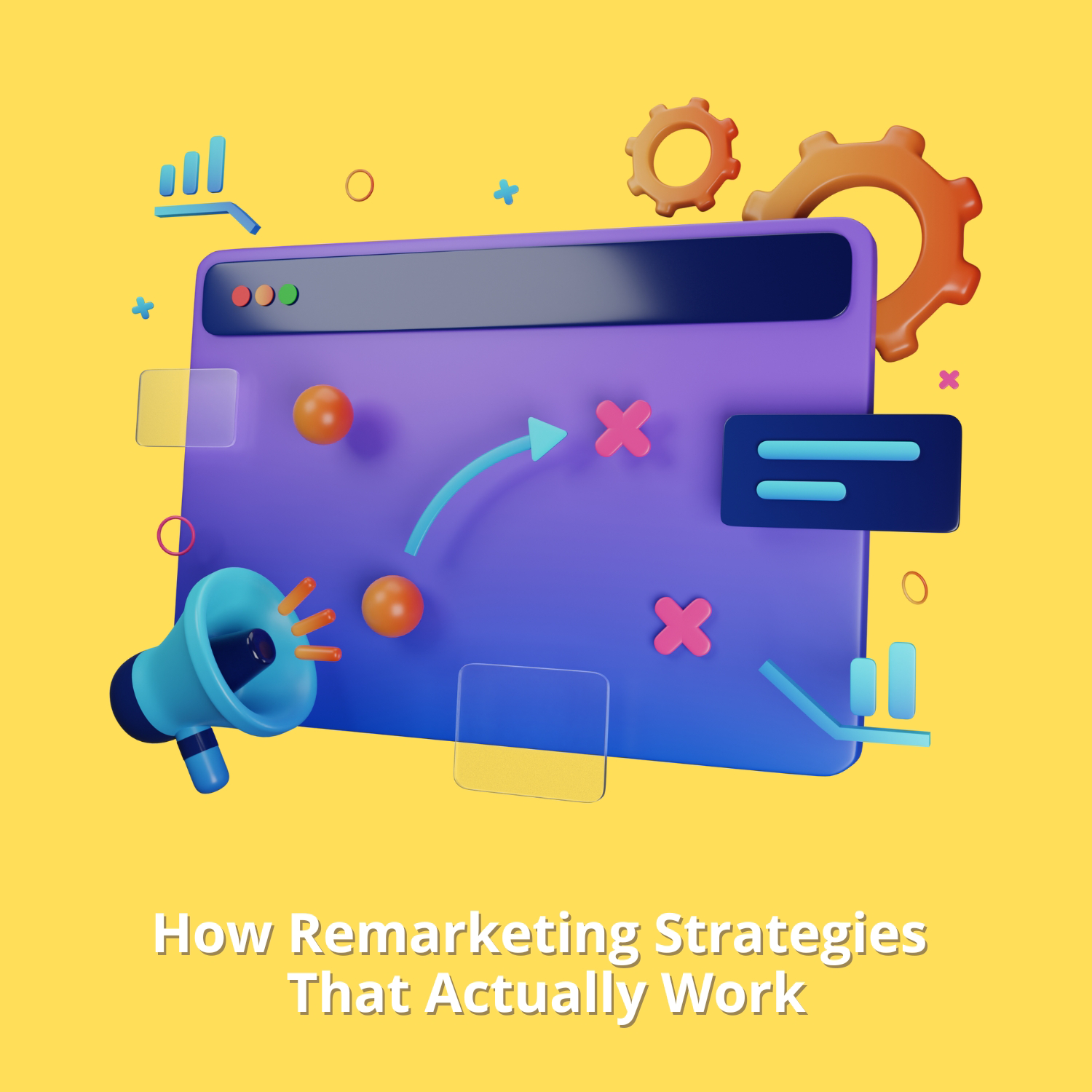Long-Form vs. Short-Form Content: What Works Best for Your Audience?
When it comes to content creation, one of the most important decisions you’ll face is whether to produce long-form or short-form content. Both have their advantages and serve different purposes depending on your goals, audience, and platform. But which one works best for your audience?
In today’s digital world, content comes in all shapes and sizes. From long blog posts and in-depth articles to quick social media updates and bite-sized videos, understanding what resonates with your target audience is key to crafting effective content. In this blog post, we’ll break down the differences between long-form and short-form content, explore the benefits of each, and help you determine what works best for your audience and business goals.
What Is Long-Form Content?
Long-form content typically refers to content that exceeds 1,000 words, though it can often range from 1,500 to 3,000 words or even more. Long-form content is generally comprehensive, detailed, and well-researched. It provides in-depth information about a topic, answers questions thoroughly, and gives readers a complete understanding of the subject matter.
Common examples of long-form content include:
- Blog posts (1,000+ words)
- Guides or how-to articles
- Case studies
- Ebooks and white papers
- In-depth reports and research papers
What Is Short-Form Content?
On the other hand, short-form content is typically brief, concise, and to the point. It usually contains fewer than 1,000 words and focuses on delivering a quick message or capturing attention. Short-form content tends to be more digestible and easily consumable, making it ideal for platforms where users are constantly scrolling or browsing.
Common examples of short-form content include:
- Social media posts (tweets, status updates, etc.)
- Listicles
- Infographics
- Videos under 5 minutes
- Quick product descriptions or promotional messages
The Benefits of Long-Form Content
1. Improved SEO and Search Rankings
Long-form content can be a powerful tool for improving your website’s SEO. Search engines like Google reward content that is in-depth, comprehensive, and well-researched. When you write long-form content, you have more opportunities to target multiple keywords, incorporate related topics, and provide a better user experience. As a result, long-form content tends to rank higher in search results.
2. Establish Authority and Expertise
Long-form content allows you to showcase your knowledge and authority on a given subject. By providing detailed explanations, research, and insights, you build trust with your audience. Readers are more likely to view you as an expert in your field, which can ultimately lead to stronger brand loyalty and higher conversion rates.
3. Higher Engagement and Time on Page
Because long-form content offers a wealth of information, users are more likely to spend time reading it. The longer a visitor stays on your page, the better your content is perceived by search engines. Higher engagement, such as time spent on the page and interactions with the content, signals that your content is valuable, which can lead to more organic traffic over time.
4. Opportunities for Lead Generation
Long-form content can be an excellent way to generate leads. With more space to work with, you can integrate calls-to-action (CTAs), like downloadable resources, product offers, or newsletter sign-ups. For example, an ebook or detailed guide can serve as a lead magnet, providing value in exchange for a visitor’s contact information.
5. Shareability
Long-form content tends to be more shareable because it often provides valuable information or insights that readers feel compelled to share. In-depth blog posts, whitepapers, and case studies are often shared on social media and within professional networks, increasing your content’s reach.
The Benefits of Short-Form Content
1. Quick and Easy Consumption
Short-form content is perfect for today’s fast-paced digital world. People are constantly on the go and may not have time to consume long, in-depth articles. Short-form content, such as social media posts, tweets, and quick videos, offers bite-sized information that can be easily consumed within seconds. This makes it perfect for busy individuals who are looking for quick solutions or entertainment.
2. High Engagement and Virality
Short-form content is designed to be quick, catchy, and engaging. Its brevity makes it more shareable, especially on platforms like Twitter, Instagram, and TikTok, where users scroll quickly through their feeds. If your short-form content is entertaining, informative, or timely, it has the potential to go viral, driving massive amounts of traffic and engagement.
3. Ideal for Social Media
Short-form content is a natural fit for social media platforms, where users expect fast-paced, engaging posts. Whether it’s a tweet, meme, or short video, content on social media needs to grab attention quickly. Short-form content, by nature, caters to this need for instant engagement, making it easier for brands and individuals to connect with followers.
4. Increased Frequency
With short-form content, you can publish more frequently. Since these pieces of content are less time-consuming to produce, you can post several times a day, keeping your audience engaged and your brand top of mind. Frequent posts help maintain visibility and drive consistent traffic to your site or profile.
5. Low Production Costs
Short-form content is generally easier and less expensive to produce compared to long-form content. For example, social media posts, simple blog entries, or quick videos can be created with minimal resources. This makes short-form content an excellent choice for businesses with limited budgets or teams looking to quickly scale their content strategy.
Which Content Type Works Best for Your Audience?
Both long-form and short-form content have their place in a comprehensive content strategy. However, the decision to use one over the other depends on your goals, audience, and the platforms you are using. Here are some considerations to help you decide which works best for your audience:
1. Audience Preferences
One of the first things you need to consider is how your audience consumes content. If your audience prefers in-depth information and enjoys reading long, detailed articles, long-form content might be the way to go. On the other hand, if your audience prefers quick tips, visual content, or bite-sized information, short-form content will likely be more effective.
2. Platform Considerations
The platform you use is another important factor in determining whether to use long-form or short-form content. For example, LinkedIn is great for publishing long-form articles that showcase expertise, while Twitter and Instagram are more suited to short-form posts. If your goal is to attract users from search engines, long-form content might be more effective because it tends to rank higher for targeted keywords. However, if you’re using platforms like TikTok, Snapchat, or Twitter, short-form content is ideal.
3. The Type of Content You Are Creating
Not all types of content work equally well in long-form or short-form formats. For example, tutorials, comprehensive guides, and in-depth case studies lend themselves well to long-form content, while news updates, product promotions, or quick thoughts can be effectively conveyed through short-form content. Think about the type of message you’re trying to convey and whether it requires an in-depth exploration or a brief, impactful statement.
4. SEO Goals
If your main goal is SEO, long-form content is often the better choice. Search engines tend to favor longer, more informative content that answers a variety of related questions. Long-form content allows you to incorporate keywords and optimize for various search intents. However, short-form content can still contribute to your SEO strategy by driving traffic and engagement, especially if it’s part of a broader content plan.
Combining Long-Form and Short-Form Content
Rather than choosing one over the other, many successful content strategies integrate both long-form and short-form content. This approach allows you to leverage the strengths of both formats and create a balanced content plan that works for different audience segments and platforms. For instance, you can use long-form blog posts for in-depth information and SEO benefits, while short-form social media posts can engage users and drive traffic to your longer content.
Conclusion
Ultimately, the choice between long-form and short-form content depends on your audience, goals, and the platforms you’re using. Long-form content is excellent for building authority, improving SEO, and providing in-depth value to your audience. Short-form content, on the other hand, is perfect for engaging users quickly, increasing frequency, and driving virality.










